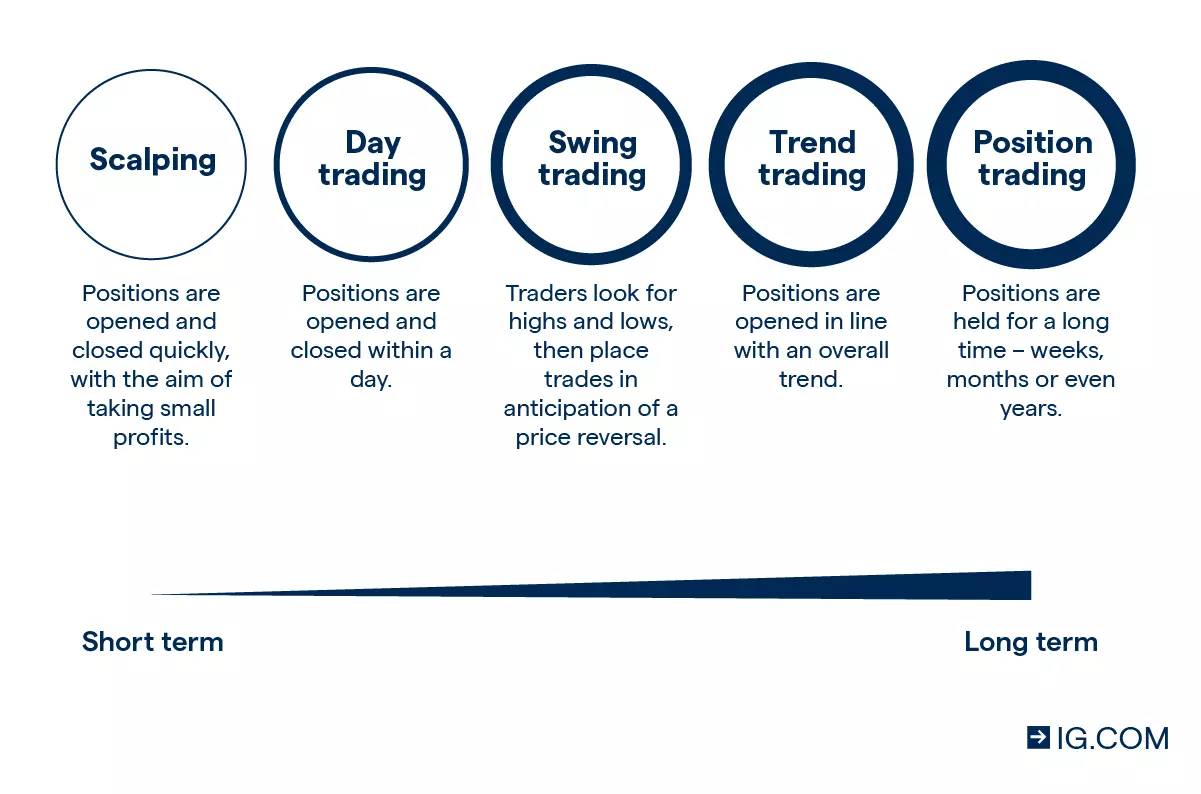Shop At Haya: Your Ultimate Shopping Guide
Discover the best shopping tips, trends, and deals for a smarter buying experience.
Forex Frenzy: The Rollercoaster Ride of Currency Trading
Discover the thrilling highs and lows of currency trading! Join the Forex Frenzy and navigate the fast-paced world of forex markets today!
Understanding Forex Trading: A Beginner's Guide to Currency Pairs
Forex trading, or foreign exchange trading, involves buying and selling currencies in pairs to profit from fluctuations in exchange rates. Understanding currency pairs is essential for any beginner as it forms the foundation of how trades are executed. Each pair consists of a base currency, which is the first currency listed, and a quote currency, the second currency. For example, in the currency pair EUR/USD, the Euro is the base currency and the US Dollar is the quote currency. The value of this pair indicates how much of the quote currency is needed to purchase one unit of the base currency.
When starting with Forex trading, it’s important to recognize the two main types of currency pairs: major pairs and minor pairs. Major pairs, such as EUR/USD, USD/JPY, and GBP/USD, involve the world's most prominent economies and typically have high liquidity, making them popular choices among traders. On the other hand, minor pairs do not involve the US Dollar but can provide a variety of trading opportunities. Understanding the characteristics and behaviors of different currency pairs is crucial for developing effective trading strategies and making informed trading decisions.

Top 5 Strategies for Navigating the Volatility of Forex Markets
Navigating the volatility of Forex markets can be daunting, but with the right strategies, traders can mitigate risks while maximizing potential gains. One essential approach is to develop a solid risk management plan. This plan should clearly define how much capital you are willing to risk on each trade and set stop-loss orders to limit potential losses. By maintaining discipline in your trading strategy, you can avoid emotional decision-making that often leads to unfavorable outcomes.
Another effective strategy is to stay informed about market news. Economic data releases, geopolitical events, and central bank announcements can significantly impact currency prices. By keeping a close watch on these developments, traders can anticipate market movements and make more informed decisions. Additionally, employing technical analysis tools, such as moving averages and support and resistance levels, can help identify trends and potential entry or exit points in the Forex market.
Is Forex Trading Right for You? Key Considerations Before You Start
Forex trading can be an exciting venture, but it's crucial to assess whether it's the right fit for you. Before diving in, consider your financial goals, risk tolerance, and time commitment. Are you looking for a quick profit, or are you willing to engage in a long-term strategy? Understanding your financial objectives will help guide your trading decisions. Additionally, think about how much time you can dedicate to researching the market and analyzing trends, as effective trading requires consistent attention and emotional resilience.
Moreover, one key consideration is education. It's essential to familiarize yourself with the basics of forex trading before getting started. Consider taking online courses, reading books, or joining a trading community to enhance your knowledge. Also, practice on a demo account to develop your strategies without risking real money. Lastly, always remember to define your risk management strategy to protect your capital. A disciplined approach will not only help mitigate losses but also provide a clearer path to achieving your trading goals.